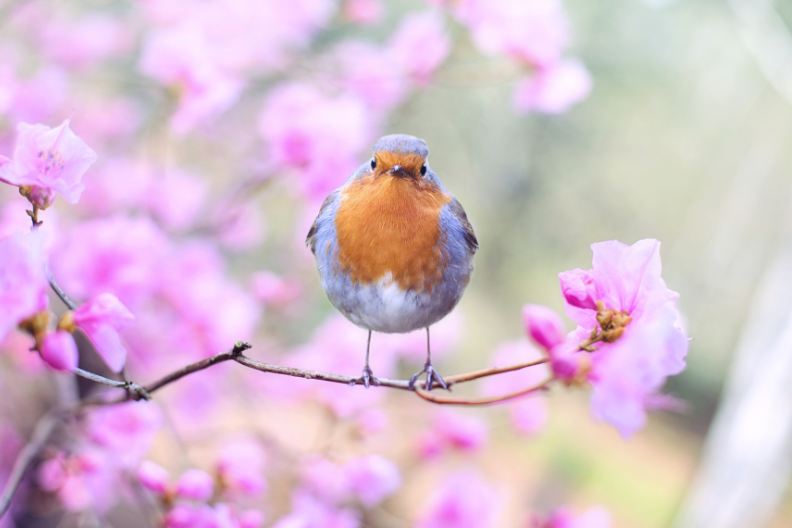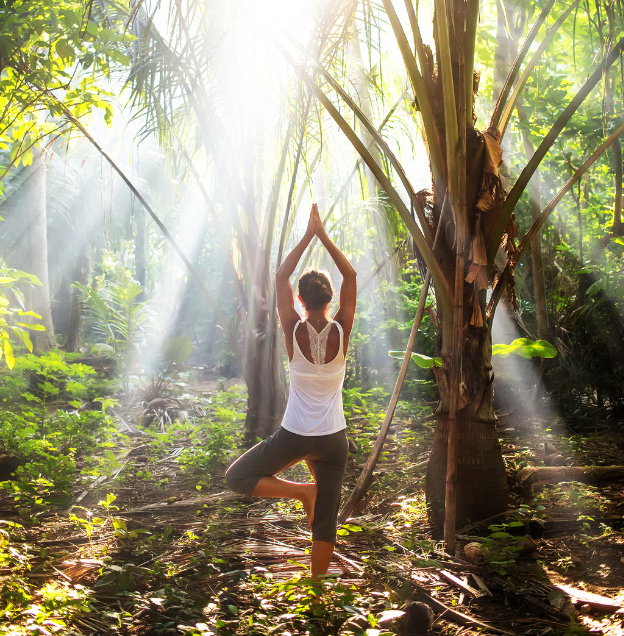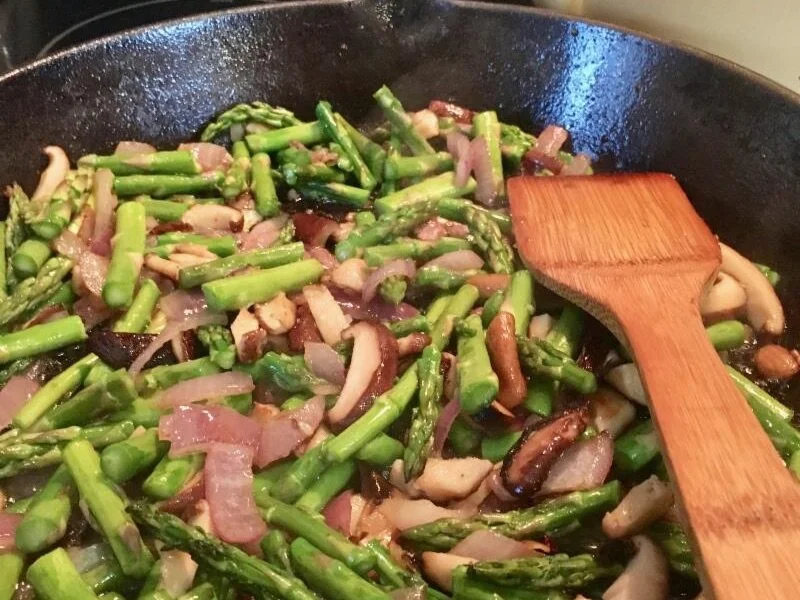Ayurvedic Tips for Spring
/It’s hard to imagine, as I write this while watching big flakes of snow fall in yet another winter storm, that spring is just around the corner. The spring equinox falls on March 20, marking the sun’s crossing of the celestial equator (an imaginary line in the sky above the equator) on its journey north. As the days grow longer and the sun begins to warm the earth, we feel the energies of earth, and our own energies, shift.
Transitioning from Winter to Spring
Spring is a season of renewal, growth, and new beginnings. Nature wakes from her winter's rest. Trees begin to bud, insects and animals become active, and seeds germinate. Everything in nature begins to prepare for growth.
To align our human bodies with the natural rhythms of spring, we need to shake off the sluggishness of winter, just like the bear shakes off the slumber of hibernation. In the spring we might feel invigorated by the warmer weather and presence of sunshine and, at the same time, still feel the lingering heaviness and dampness of winter.
Properties of Spring
Spring is associated with kapha dosha, which is composed of the elements of water and earth. In fact, the word “kapha” means “that which flourishes in water”. Some of the general properties of kapha dosha are:
heavy
damp
slow
cool
steady
dense
When in balance, the properties of kapha help us feel stable, nourished, nurtured, and content. In excess, they can lead us to feeling sluggish or unmotivated, even depressed. Physically, they can cause slow digestion, congestion in the chest or a wet cough, and swollen joints. In spring, these properties become dominant, and we benefit from dietary and lifestyle practices that temper them.
As nature awakens from its winter nap, so do our bodies, minds, and subtle energies. Encourage movement and activity and do so gently. Just like when you wake in the morning, it takes time to transition from rest to the activity of the day; spring is the transition from the rest of winter to the activity of summer.
Lifestyles Practices and Activities to Balance Kapha Dosha
Stay warm and dry
Stimulate your mind – study, do a crossword puzzle, play trivia, learn something new
Vigorous exercise - early in the day is best
Active and heated styles of yoga like Vinyasa, Hot Fusion, and Heated Hatha
Hiking, jogging, or walking briskly
Dancing
Any activity that generates sustained heat and effort
Waking early
Dry skin-brushing and/or abhyanga (self-massage)
Shake up your routine – try something new
Cleansing breath practices like kapalabhati or bhastrika
Dietary Guidelines to Balance Kapha Dosha
Eat foods that are light, dry, warm, and well-cooked
Drink beverages that are warm or room temperature
Avoid sweet, salty, and sour
Add warming spices: cinnamon, ginger, cumin, cayenne pepper, chili
Honey, in moderation
Drink hot water with lemon upon waking
Be careful not to overeat
Avoid foods that are heavy or oily
Avoid dairy products















